
The nose tackle position for the Green Bay Packers appears to be one of depth and strength as the 2015 season approaches. Perhaps, it could be the best they’ve had since the 2010 season when B.J Raji was dominant and Ryan Pickett was versatile along the line.
This off season, Raji is returning to health by rebuilding his body through yoga after rupturing his biceps in the 2014 preseason. He appears to be extremely hungry to return to form and dominate the interior once again.
Additionally, Letroy Guion had a breakout 2014 campaign and Mike Pennel is a player to watch during the 2015 preseason.
What should we expect during the 2015 season if everything goes to plan?
That’s perhaps a loaded question because it’s difficult to quantify nose tackle success, but it’s easier to identify some of the intangibles.
Hopefully, it means the defense is the best it’s been in years.
In a best case scenario, it would allow the Packers to return to their most basic 3-4 front that absolutely manhandles the line of scrimmage, much like the 2009 and 2010 seasons.
Let me explain further, but by starting from the top.
As unheralded as defensive coordinator Dom Capers’ 3-4 nose tackle is, that role cannot be understated against the running game.
The reason the nose tackle isn’t glorious and rarely shows up in stat sheets is because his role isn’t to sack the quarterback or chase speedy running backs all over the field to rack up countless tackles.
His role is to set the anchor, occupy blockers, and allow his middle linebackers to run freely.
After a successful day at the office, a good 3-4 nose tackle may have a tackle or two, but the more telling statistics are how his overall defense performed against the run.
Capers’ base 3-4 at its truest roots uses the “Okie” front, which is essentially a 2-gap system across the middle 5. The picture below demonstrates the alignment and gap responsibilities.
In the “Okie” front, the nose tackle lines up directly over the center and is responsible for both A gaps. The defensive ends are lined up directly over the offensive tackles and are responsible for both the B and C gaps. The middle linebackers (Will and Mike) must flow to the ball as it enters either the A or B gap.
In order for the “Okie” 2-gap to work, the down linemen must stand up their blockers and then have the ability to shed those blocks in pursuit of the ball. The middle linebackers must be able to run free and meet the ball in the gap. This is a read-and-react defense against the run and a punishing rush against the pass because it controls the line of scrimmage.
Unfortunately, in my opinion, this is something the Packers haven’t been very successful with since their Super Bowl run in 2010. After that, the run defense was plagued by an aging Ryan Pickett and the Packers’ curious experiment of moving Raji to defensive end. The results weren’t pretty because they lacked a dominant nose tackle.
Capers apparently has felt the same way as the Packers have adjusted their defensive scheme to adapt to personnel by removing some 2-gap responsibilities, but the central role of the nose tackle has remained almost unchanged; he is extremely important and all run stopping schemes go through him.
This whole point cannot be better demonstrated in a single microcosm than it was during the November 30th match up between the eventual Super Bowl champion New England Patriots and the Green Bay Packers. That game was won by the Packers 26-21, which was highlighted by a strong defensive showing.
For the season, the Patriots averaged about 108 yards rushing per game. Their base running play was the Power-O, which is a man-to-man blocking scheme that has a back side lineman pulling around to lead the running back through the hole. It’s old school, smash mouth football that needs to be defended by a stout front.
The Packers were prepared for the Patriots’ Power-O attack and they deployed their 3-4 against it, but they used a slight adjustment to maximize their current personnel.
The adjustment the Packers used against the Patriots (and other strong running teams) was the “Under” front. For the game, the Packers held the Patriots to 84 yards rushing, which was below their average, and the “Under” front was a big part of that as they used it often throughout the game.
The picture below highlights the front against strong right.
The picture below shows the “Under” front against strong left.
In the “Under” front, the nose tackle plays the strong side shoulder of the center, the strong side defensive end plays the strong side shoulder of the tackle, and the weak side defensive end plays the weak side shoulder of the guard.
This alignment, since it has defensive linemen over a gap instead of directly of over blockers, changes the strong side defense to 1-gap. Depending on semantics, some call this a “hybrid” defense because it essentially 2-gaps to the weak side as a traditional 3-4 defense, but it 1-gaps to the strong side like most 4-3 defenses. Additionally, it still requires the offensive to frequently double-team the nose tackle, freeing up the Mike, much like a traditional 3-4 does.
In other words, it’s a base 3-4 front that is less read-and-react than “Okie.” It’s a different scheme for different personnel.
Let’s look at this chess match between the Patriots and the Packers.
In the play below, it’s 2nd down and 5 yards from the Packers’ 45 yard line. They line up double tight and the Packers call strength to the boundary; they play their “Under” front with the nose tackle over the strong side shoulder of the center.
As the play develops, the nose tackle is doubled and the back side offensive tackle is pulling. Notice how both the Will and the Mike are unblocked and are free to flow to the ball.
A split second later, the back side (weak) defensive end comes clean, taking away the B gap, forcing the running back to either the weak A gap or the strong B gap. However, the weak A gap is occupied by the Will who is scraping B to A gap and the nose tackle is an immovable object in the strong A gap, so the running back has to run to the strong B gap, which is filled by the Mike.
The pulling back side offensive tackle was able to make an attempt at blocking the Mike, but the play was stuffed for a short gain. The “Under” front worked as everyone was in the proper position against the Power-O. Excellent execution.
Now, let’s take a look at a similar running play against a different defensive front.
In the play below, the Patriots are running the gun Power-O to their strong side and pull the back side guard. The Packers are in 2-4 nickel front. It’s 1st down and 10 yards from the Packers’ 18 yard line.
As the play unfolds, the offensive line is single-blocking everyone up front, so the Mike isn’t as clean with a double-teamed nose tackle in front of him.
Furthermore, the Will gets blocked, which causes both middle linebackers to be lost in the play. The run went for 12 yards and a first down and running back was brought down by the boundary cornerback. While that is excellent pursuit by the cornerback, it’s not how you draw up the gap responsibilities in that run defense.
You could make the argument that the substitution package only has a 6-man box instead of the 7-man box the base 3-4 has. And, you’d be correct. The counterargument is there are 4 linebackers who should be able to flow to the ball, but by taking the nose tackle off the field, they weren’t able to run free. I chose that play to showcase how important the double team block of a nose tackle is. If there is no nose tackle taking on a double team, it changes the entire dynamic of the play and the defense is very susceptible to the run.
Furthermore, it also matters who is manning the nose tackle position. In the play below, it’s 3rd down and 1 yard from the Packers’ 41 yard line. The Packers go with a heavy substitution package, using the 5-3 “Under” front.
The 5-3 “Under” is similar to the 3-4 “Under,” but has two more down defenders on the line of scrimmage and one less linebacker, but creates an 8-man box . On paper, this substitution package should favor the defense.
But, once again, it all comes down to the nose tackle. Up to this point, I have been showing Guion playing the nose tackle position, and he did a pretty job good at it. In the 5-3 “Under” front shown above, Pennel is taking on the roll of the double team block.
The Patriots are running a straight give, which is all man-to-man blocking with no pulling linemen.
As the play unfolds, Pennel is double teamed, but isn’t able to hold the point of attack and keep his middle linebackers clean. He isn’t moved very far off the anchor, but even the slightest yield can disrupt the attacking flow to the ball.
As the play progresses, Pennel gets further swallowed and both inside linebackers are completely lost in the wash. Pennel gets pushed into the Will, effectively taking them both out of the play.
Subsequently, the running back gains 13 yards on a play that should have been stopped for fewer yards, especially against a 3rd down 8-man box.
These were only a few examples, but they definitely show the role of the nose tackle in Dom Capers’ defense. It isn’t glorious, and it doesn’t show up in the stats sheet, but when you take a quality anchor away in the running game, the results are often devastating.
In a nutshell, Capers’ run defense is most effective when the nose tackle occupies two blockers, but even more so when the nose tackle is a stout athlete who can anchor the entire front. If he gets pushed off the ball, the entire defense loses gap integrity and flow continuity.
Capers’ run defense can only work if the middle linebackers are able to come clean. They get the glorious stats, but the grunts in the middle do the heavy lifting and allow their smaller and faster peers to make the highlight reels.
With two viable options at the nose (and maybe three; time will tell with Pennel), hopefully we can see a return to the 2009 and 2010 defensive form. As good as the Packers were using the “Under” front with Guion, I have hopes that it could be even better with a healthy Raji back in the mix as the focal point in the “Okie” front. When that front works, it’s as dominating as they come.
That would be very refreshing and could propel the Packers deep into the playoffs.
——————
Jay Hodgson is an independent sports blogger writing for AllGreenBayPackers.com and WISports.com.
——————

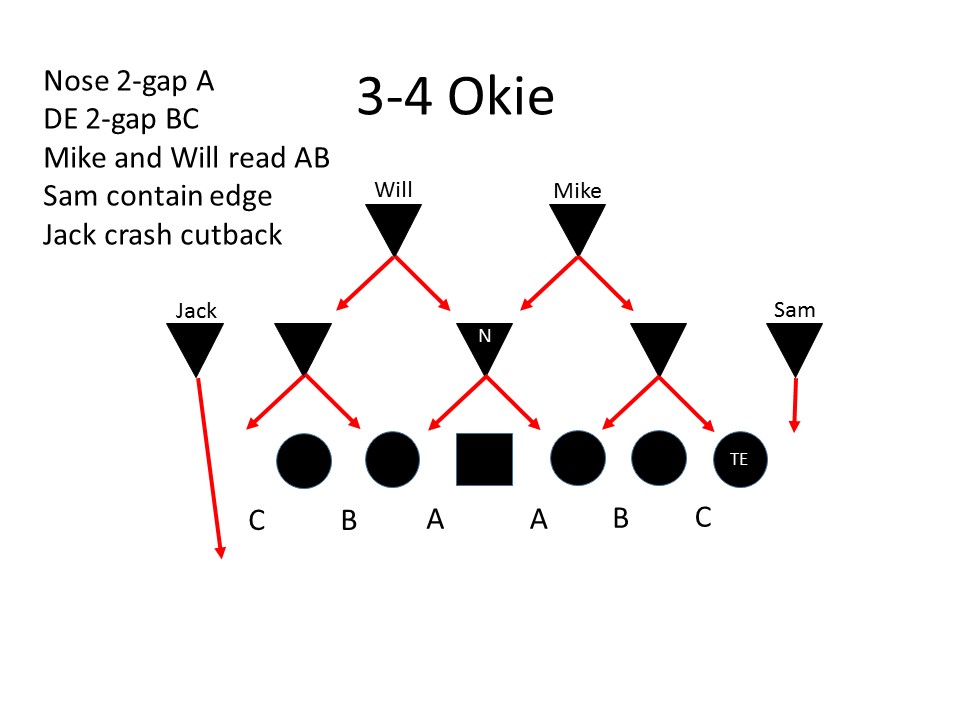
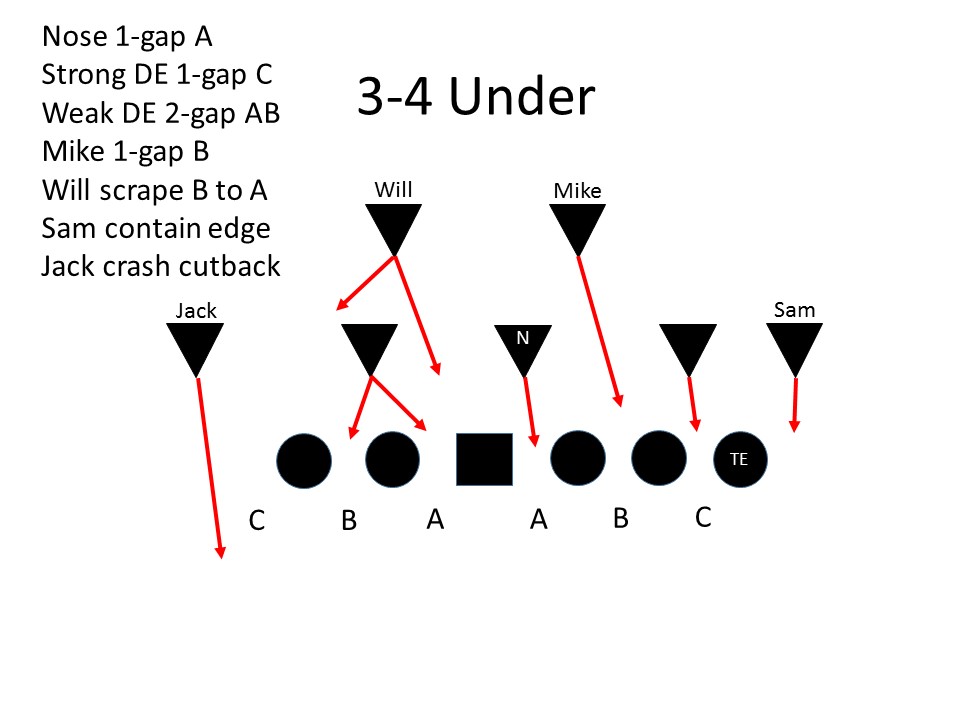




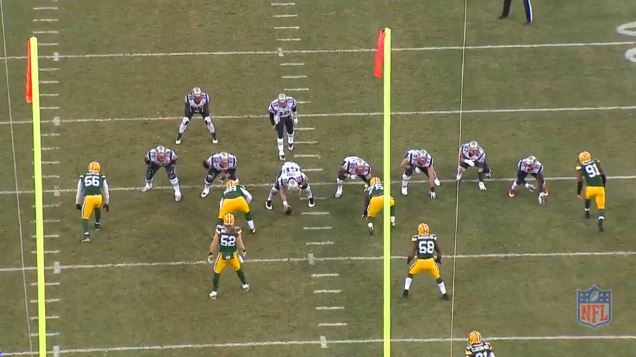
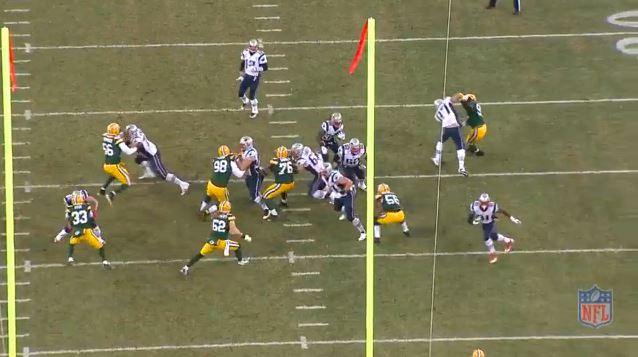
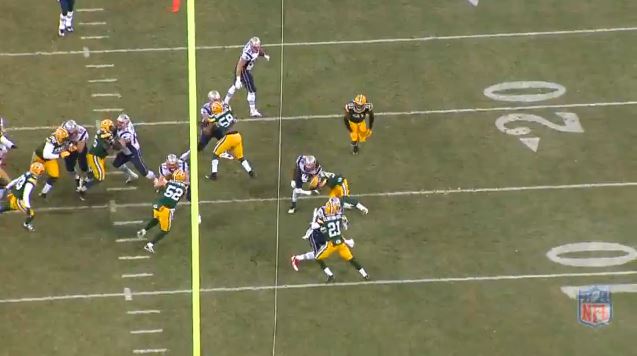


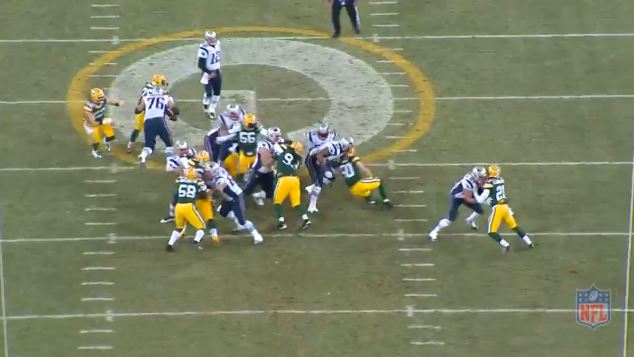

Well this explains it all. Raji had garbage stats because he was making our inside linebackers look great. BRILLIANT. One small question is why ALL our ILB were terrible until CM3 went there? Why ALL our other NTs have decent stats.
I would recommend re-watching games from the 2011 season on with particular attention to Raji if you have access to NFL Rewind…the answer lies in the tape. 🙂
You and I are probably seeing the same thing. In 2011, the Packers went with Pickett at the nose and played almost all Under fronts. In 2009 and 2010, Raji was the nose and they played a lot more Okie.
In my opinion, Raji’s ability to play 2 gap assignment was not nearly as good as Pickett’s, and Raji wasn’t as stout at the point, either. I’ll give you that Pickett was on the tail end of his career, and he did fall off sharply his last season with the Packers, but I truly believe that Pickett was the superior NT overall. When Raji played true nose, he got rolled back off the LOS often and as previously stated, was not as effective when trying to get off the double to make a tackle. He did rack up 6.5 sacks in 2010, but that’s not really what you’re looking for a NT to do, but clearly, we’ll all take some sacks!
Ultimately, Raji had one decent season in terms of statistics, as a NT. Watching his play as a DE, I do not think his stats simply suffered because he’s not a good fit at DE.. he dogged it.
I Sincerely hope Raji has a beast of a season at NT and proves me wrong, but I just am not convinced he’s anything special at the position. I think Guion showed more moxy at the position last year than Raji did in 2010, sacks not withstanding.
Pickett was a phenomenal 2-gapper in his prime. So natural at it.
I agree about Raji. I think he is immensely talented and will likely have a fine season. But I think he dogged it, too. Raji having a good season in a contract year does not prove you wrong. What Raji does after he signs a lucrative long-term contract that some team (hopefully not GB) will give him will be determinative. It could be that he has matured.
I don’t believe he dogged it as much as he was just really ill fitted as a 34 DE. He excelled playing NT in ’10, split time in ’11 “Then, in 2012 and ’13, Raji played almost exclusively at left defensive end. Raji played the good soldier and didn’t complain while at end. Raji knew the Packers defense functioned best when he was at end and former nose tackle Ryan Pickett manned the middle.”
Quoted from a recent JSO article on Raji, it clearly shows that Raji and the Packers knew he wasn’t fit to play DE, but he did it and took one for the team. For basically 3 Long years, he was taking it for the teams best interests, not too mention drawing the fan’s ire in the process.
Raji has shown over and over that he is about TEAM, not himself. He proved it again last year by staying in GB during the season when he was on IR, when everyone else would have bolted from GB.
Instead of being critical of Raji, he should be celebrated for being the Quintessential Team player. The contract the Packers offered him a couple years ago for 6M per?, and fans were irate about, proves the Packers knew his true worth and how he sacrificed for the team.
You want Packer People… Well his name is BJ Raji.
Good article… Thank you for explanation Jay…
You are now my hero, Jay 🙂
One thing I’d like to point out here is terminology. Depending on the coordinator’s preference, the LB’s in a 3-4 can have various designations.. I have seen Will/Jack/Mike/Sam , Jack/Will/Mike/Sam, Will/Ted/Mike/Sam.. The “Mike”(middle) is always the active inside backer, sam (strong)is always the OLB on the strong side of the formation, Will (weak side) seems to be sometimes the weak side ILB, but in other systems the weak OLB, Jack gets the same treatment (I always assumed when it referred to Hawk’s ILB position, it was because it was that LB’s duty to ‘jack up’ a guard or FB to keep his Mike backer clean, but I might be off on the history there… and then sometimes that same position at ILB is referred to as the “ted” for reasons I’ve never understoon
Makes me want Malcom Brown all over again!
http://www.jsonline.com/sports/packers/revitalized-bj-raji-says-best-yet-to-come-b99509418z1-305957841.html
Clearly shows that Raji and the Packers knew what playing DE was a huge sacrifice by Raji for the betterment of the TEAM. The contract that Raji turned down probably had a lot to do w/ the fact that the Packers wouldn’t promise Raji he’d be playing his Natural NT position. Fans were pissed the Packers offered that contract to Raji.
In the end, none of use know why the Packers made Raji the DE and Pickett the NT, even tho it was extremely effective in ’10 w/ Raji at NT and Pickett at DE. You might also notice that the run D in ’10 w/ Raji at NT was outstanding and it was the year Hawk and Bishop had excellent years at ILB.
Fact is Raji needs to be celebrated for his TEAM play, not denigrated as Archie is want to do. Raji is the epitome of Packers People!